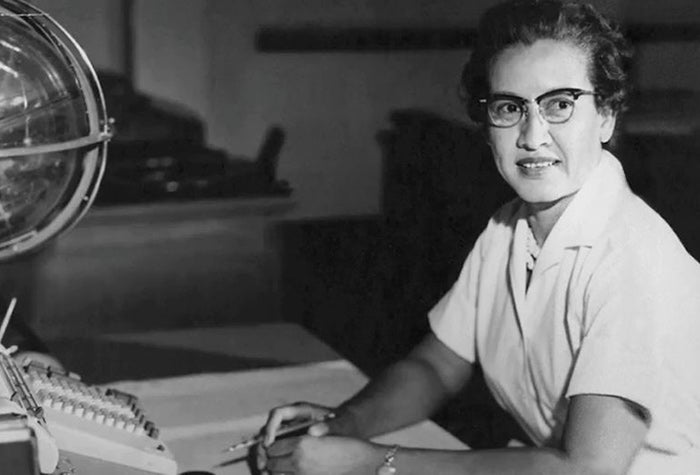Written by the Faculty of Arts
When you’re cultivating your own career path, it helps to think big.
But for Janneke, who studied Honours Arts and Business, “big” also meant small. “I come from a really small town, and so moving to a large city for university wasn't something I wanted to experience,” she says.
Originally from the Netherlands, Janneke’s family moved to Nova Scotia before settling into the tiny, oddly named hamlet of Rattlesnake Harbour, Ont.
“It’s near Lake Erie, but there’s no harbour and there are no rattlesnakes,” she says. With just 500 students at her high school, Janneke was hoping to find a place that combined big opportunities with smaller classes. That’s when she learned about Waterloo’s St. Jerome’s University.
“St. Jerome’s University was one of the main reasons I chose to go to Waterloo,” she says. “St. Jerome’s offered a smaller, more intimate feel while still being part of the larger campus. It was easy to get to know other people, which helped a lot with the transition.” For her first year, she lived at St. Jerome’s which gave her the opportunity to interact with students studying in various other programs.
Janneke pursued the Honours Arts and Business program with a major in Visual Culture, and a double minor in psychology and cultural identity.

Smaller class sizes at Waterloo were appealing, with many of her courses averaging 30 to 40 students. “I have a friend who was in a course with two students,” she says. But while the classes might be more intimate, the variety of courses abounds.
Janneke also really appreciates the fact that first-year Arts students do not have to declare their major. “It gives you a chance to learn about different things. I didn’t know I wanted to study art history until I took a class in first year and realized that I wanted to learn more,” she says.
“People don’t think of Waterloo for fine arts, but we have this beautiful building with a great arts studio,” says Janneke.
The fine arts program has two major components: studio practice and visual culture. The practice portion consists of actually creating art, whether it’s painting, drawing, sculpting, and more. Visual culture explores art history, self-studies, and media studies.
Janneke was particularly taken with the art history side. “There’s so much you can learn from a single painting: the artist’s background, the social and economic conditions of the time it was created,” she says.
Regardless of what program you’re in, Waterloo integrates business studies throughout the curriculum. “Business is applicable to any job, that’s why Waterloo weaves it into everything,” she says. “For example, in art history, we would talk about what gives a work of art value, and how the value of art changes over time.”
“First of all, I love co-op,” says an enthusiastic Janneke. “You graduate with experience and a network of contacts.”
She was somewhat surprised to discover that her favourite course in first year was Accounting and Financial Management. “You don’t need a business or finance background. You learn it here over your four years. Waterloo really helps build confidence in business.”
Waterloo also offers students the opportunity to gain real world experience and develop connections through its co-op programs. “First of all, I love co-op,” says an enthusiastic Janneke. “You graduate with experience and a network of contacts.”
She was an Arts student ambassador and did all of her co-op work terms with the team that recruits new students. “Searching for a university is challenging, and it feels good to help out,” she says. She really appreciated some of the personal touches that Waterloo provides incoming students, from calling students to have a conversation about their offer of admission, to writing hand-written notes to incoming Arts students.
Helping out has been a long-standing theme in Janneke’s life. In high school, she volunteered at a long-term care facility and eventually plans to become a funeral home director. “I like working with people. Funeral direction is very rewarding work, but it’s all about personalization and there’s no room for error.”
That said, nothing’s finalized yet and her experiences on and off the campus and areas of study leave a world of opportunities. “There’s no typical career path with arts. My supervisor put it well saying that students in this program are studying for jobs that don’t even exist yet.”
Related articles

Saying "yes" to personal growth
A double major in psychology and social development studies (SDS), Abby wasn’t afraid to say “yes” to an opportunity that helped her grow as a person.

Make a difference with two Black Studies diplomas
Students earning their Diploma in Black Studies will gain an in-depth understanding of why Black Studies are needed and more about Black culture, life, literature, and society. They’ll also breathe life into their course material by going on field trips centred on film, comics, anime, art exhibits, performing arts, popular cultural events, and literary readings.

Communication is about making meaning
With one glance of comments on YouTube, you might despair at people’s inability to discuss content without resorting to insults or outright hostility. And one big question you might ask: Is the discourse actually changing anyone’s mind?

